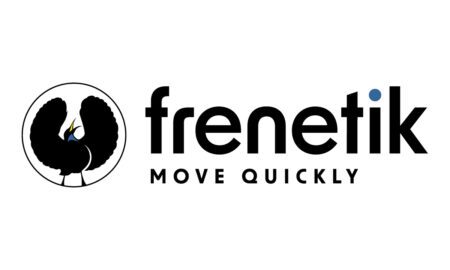A home’s sewer line is easy to forget about until something goes wrong. Hidden underground, it carries wastewater from sinks, showers, toilets, and appliances out to the municipal system. When it works, you never think twice. But when it clogs or breaks, it can quickly become one of the most stressful and expensive plumbing problems a homeowner faces.
The good news is that many sewer line issues can be prevented with proper care. By understanding what causes blockages, learning how to maintain your system, and knowing when to call for help, you can protect both your home and your peace of mind.
Common Causes of Sewer Line Blockages
Most sewer line problems develop slowly over time. Everyday habits and natural wear both play a role. Common causes include:
- Grease and fat buildup. Pouring cooking oils or grease down the drain creates sticky deposits that catch other debris.
- Flushed items. Wipes, paper towels, and hygiene products don’t break down easily and often cause blockages.
- Tree roots. Roots naturally seek out water and can break into sewer lines, creating cracks and blockages.
- Pipe deterioration. Older pipes made from clay or cast iron can corrode, collapse, or develop rough edges that catch waste.
Simple Ways to Prevent Blockages
The easiest way to avoid major sewer problems is to keep harmful materials out of your drains. Grease, food scraps, coffee grounds, and non-flushable items should never enter the system. Installing drain strainers in sinks and showers helps catch hair and debris before they cause trouble.
Regularly running hot water down the kitchen sink can help clear soap and small amounts of residue. Some homeowners also schedule annual drain cleanings with a plumber to keep lines clear and catch issues early.
The Importance of Early Warning Signs
Sewer line blockages rarely appear out of nowhere. Small clues often come first. Slow drains throughout the house, frequent toilet clogs, or gurgling noises from pipes are common early warnings. In some cases, foul odors in the yard or patches of unusually green grass can signal a sewer line leak underground.
Ignoring these signs often allows a small problem to grow into a large one. By calling a plumber early, you may avoid a complete backup or collapse.
Professional Maintenance Options
Preventive care goes beyond good habits. Professional plumbers have tools that can keep your sewer line in good condition:
- Video inspections. A small camera can be sent through the line to spot cracks, root intrusion, or buildup before it becomes a crisis.
- Hydro jetting. High-pressure water clears grease, roots, and scale from inside pipes, restoring flow.
- Root removal. If tree roots have found their way in, specialized tools can cut them back and keep the line clear.
These services extend the life of your sewer line and reduce the chances of sudden blockages.
When Repair or Replacement Becomes Necessary
Even with the best prevention, sewer lines don’t last forever. If the line is badly blocked, cracked, or collapsed, cleaning alone won’t solve the issue. In those cases, sewer line repair or full replacement may be the only solution. Modern methods such as trenchless repair can often restore the line with less digging, but traditional excavation may still be required for severe damage.
The important thing is not to ignore the problem. Leaving a damaged sewer line untreated can lead to repeated backups, property damage, and even health risks from wastewater exposure.
Protecting Your Home for the Long Term
Your sewer line may be out of sight, but it should never be out of mind. Simple habits—like keeping grease and wipes out of drains—combined with regular inspections and professional maintenance can go a long way toward preventing blockages. Paying attention to warning signs helps you catch issues early before they become costly emergencies.
And if the line is already blocked or damaged, don’t delay. Sewer line repair or replacement may be necessary to restore safety and function. Acting quickly protects your home, your family, and your investment.





























